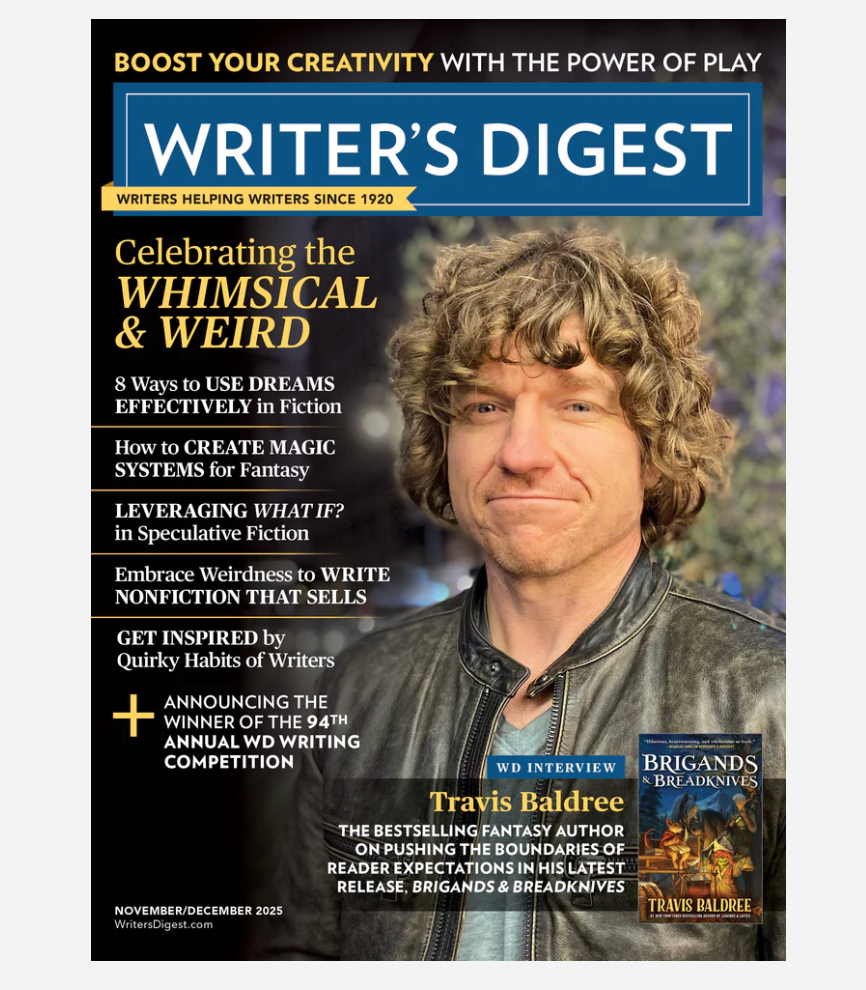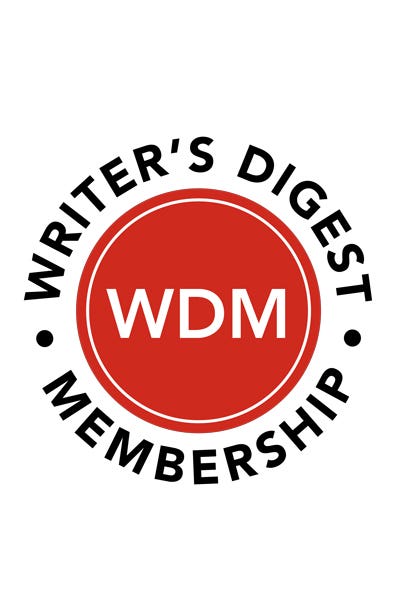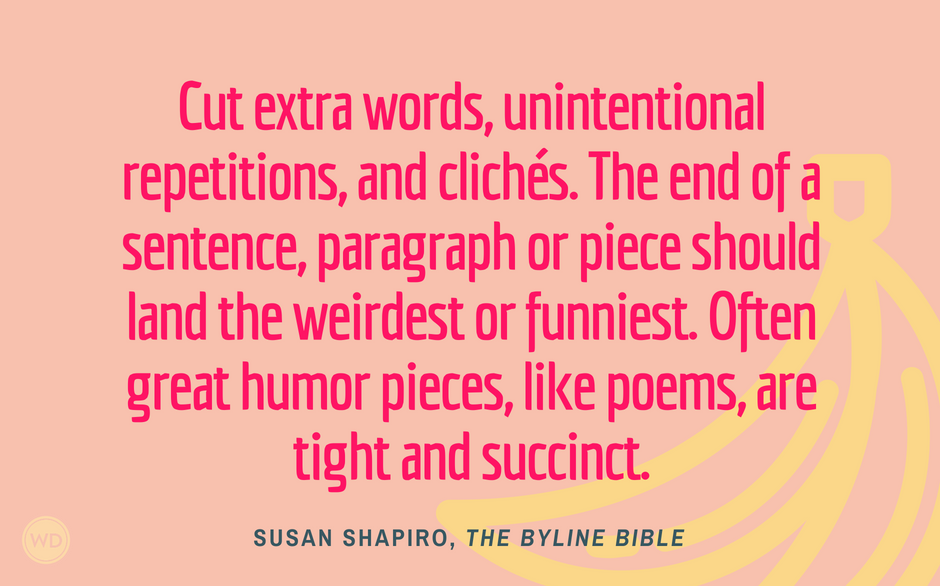Throughout his career Hemingway experimented with style and, like any professional writer, constantly learned new techniques. For example, his later writing has a more ornate sentence structure and delves more deeply into character than his early work. Despite these additional discoveries and experiments, however, the core Hemingway style persisted in most of his prose and today it is recognizable worldwide. When he was awarded the Nobel Prize for Literature in 1954 it was “for his mastery of the art of narrative, most recently demonstrated in The Old Man and the Sea, and for the influence that he has exerted on contemporary style.”
SENTENCE LENGTH
True, Hemingway wrote short sentences. And true, he is known for simplified, direct prose.10 But what most writers don’t realize is that he worked hard for these effects and that there was a reason for them. Primary among those reasons was the issue of clarity. When he wrote for newspapers, clarity was the objective. Even today newspapers are known for their clear, direct style. Hemingway wrote sentences that were straightforward and clear so that readers could understand the points he made even if they were skimming quickly through his articles.11 You can achieve a similar clarity by writing shorter, more direct sentences. This is especially helpful to keep in mind when rewriting your work. Don’t hesitate to break up long complex thoughts into bite-size morsels for added readability. But clarity was not the only reason for Hemingway’s brevity.
Another reason for short sentences is dramatic effect. In “The Snows of Kilimanjaro” (1936) when the protagonist is nearing death because of a gangrenous leg, Hemingway writes: “All right. Now he would not care for death. One thing he had always dreaded was the pain.” Here the short sentences have a cumulative effect, pounding home the idea that the hero is nearing death. Try to achieve a similar effect in your writing by stringing together a series of short sentences when you want to stress a point or add dramatic punch to your prose.
Still another use for short sentences is to add variety and music to your writing. Hemingway often mixes longer and shorter sentences for a euphonious effect. In The Old Man and the Sea (1952), for instance, he tells us the thoughts of the old fisherman: “Then he was sorry for the great fish that had nothing to eat and his determination to kill him never relaxed in his sorrow for him. How many people will he feed? he thought.” The first sentence contains two conflicting thoughts: the old man’s sorrow for the fish and, in contrast with this, his continued determination to kill it. The next sentence suggests the old man’s motivation for fishing, namely to get food. The change in sentence length lends a musical quality to the writing and adds pleasing variety.
SENTENCE SPEED
One of Hemingway’s most recognizable stylistic traits is a fast sentence speed. A writer’s sentence speed refers to how quickly his sentences can be read, either aloud or silently. It’s as if Hemingway’s prose flies along at a rapid clip while the writing of other authors putters slowly in comparison. If you want to write like Hemingway, imitate this signature stylistic move. You’ll be writing in the fast lane.
How does Hemingway manage to speed up his sentences? He uses two methods, the first of which involves choosing shorter words for simpler diction. We’ll deal with that in a moment. The second method is to omit commas.
Joseph Conrad used to retire to a room to write every day and he would have his wife lock him in so that he could concentrate. When he emerged for lunch one afternoon his wife asked what he had done. “I took out a comma,” he said. After lunch she locked him in again and when he emerged for dinner she asked what he had done. He told her, “I put back the comma.”13 If Joseph Conrad struggled for an entire day over the placement of one comma, might it be worth your while to devote a few minutes to this mark of punctuation? Undoubtedly it would be time well spent. Hemingway waged a war against commas, and although he used them in his work he often achieved his greatest technical innovations by omitting them in compound sentences. A compound sentence contains two or more independent clauses. The clauses are usually joined by a comma and a coordinating conjunction, such as and or but. By far the most common coordinating conjunction is the word and.
Consider the sentence: “Often Miss Stein would have no guests, and she was always very friendly, and for a long time she was affectionate.” It is composed of three independent clauses: Often Miss Stein would have no guests. She was always very friendly. For a long time she was affectionate. But the sentence plods along at a slow pace. The three commas slow it down and give it a choppy feel. Here’s how Hemingway actually wrote the sentence in chapter three of A Moveable Feast (1964): “Often Miss Stein would have no guests and she was always very friendly and for a long time she was affectionate.” Punctuated like this it zips along.
Let’s look at another example, from The Sun Also Rises (1926). The narrator is hoping to see the bulls at Pamplona. Joining a crowd of spectators he rushes ahead with them to the bullring. At this point Hemingway speeds up the pace: “I heard the rocket and I knew I could not get into the ring in time to see the bulls come in, so I shoved through the crowd to the fence.” The absence of a comma before the word and increases the tempo, conveying some of the feeling of being in the crowd.
Omitting commas can be a tricky business because such omissions can sometimes make sentences confusing, so this is a technique you don’t want to overuse. But when you come to a section of your story where the action needs to move at a quicker pace, you may wish to try Hemingway’s trick of speeding up the sentences. You’ll leave other writers in the dust.
Learn more about Write Like the Masters









